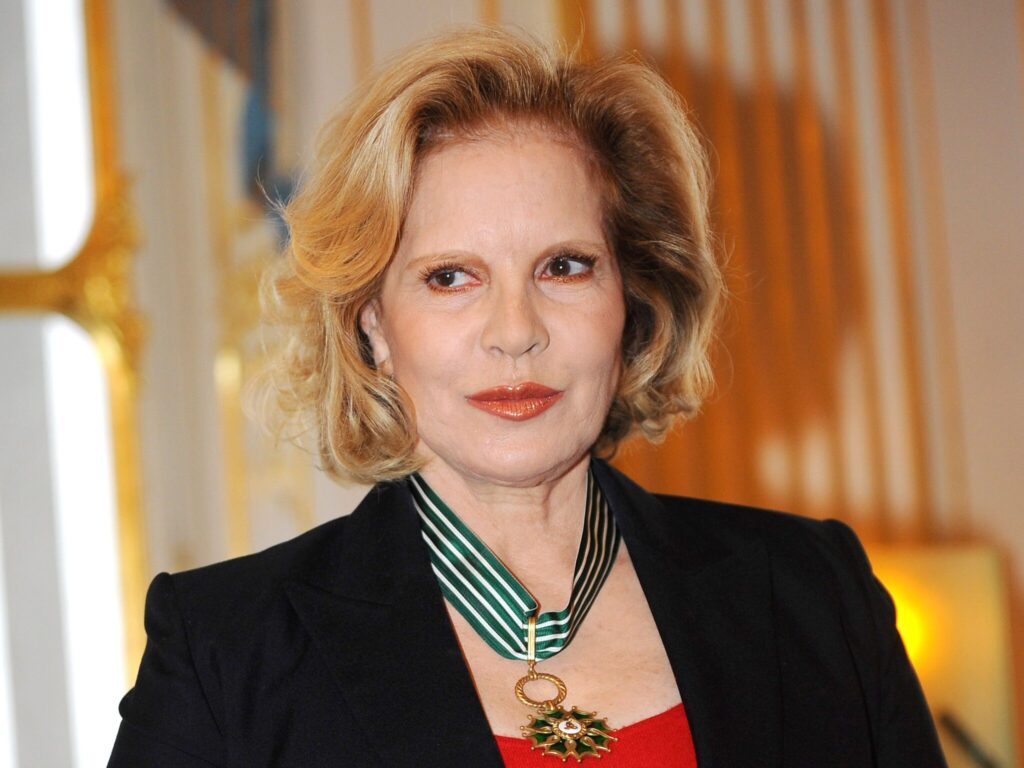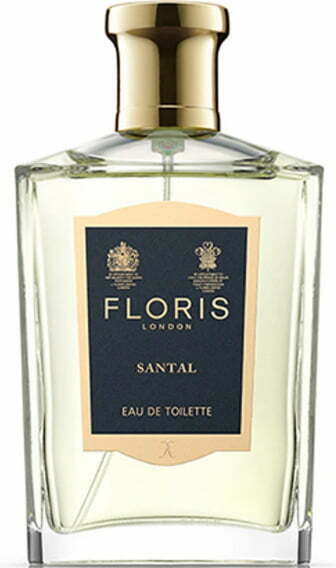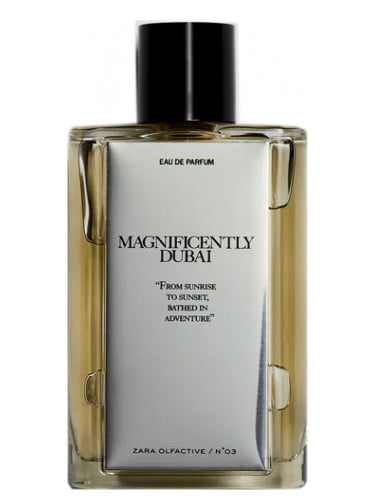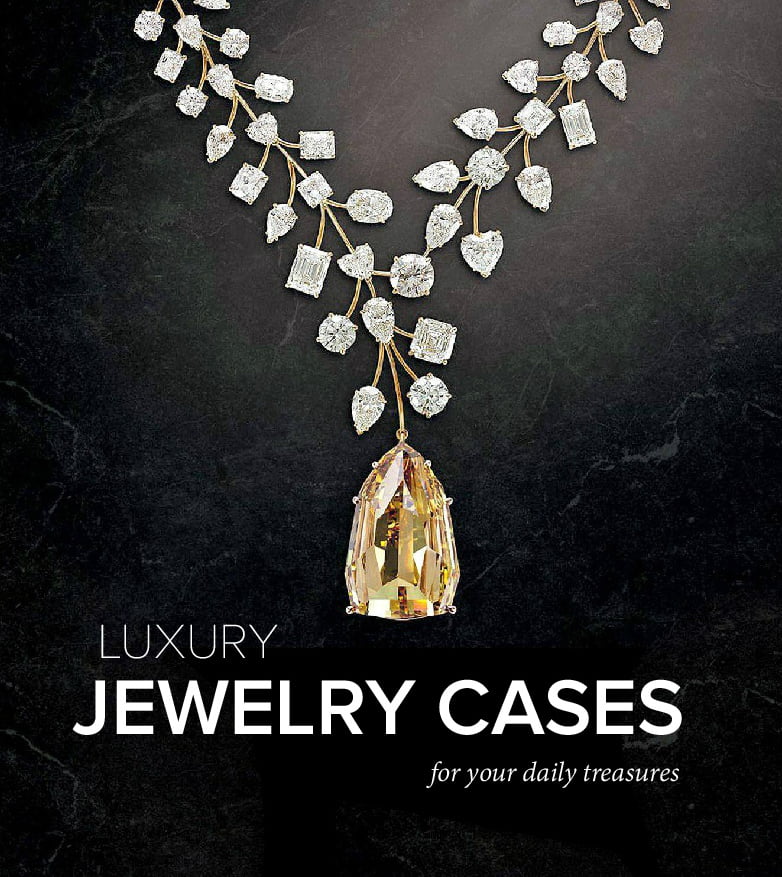SYLVIE VARTAN

Sylvie Vartan (born Sylvie Georges Vartanian on 15 August 1944) is an Armenian-Bulgarian-French singer and actress. She is known as one of the most productive and tough-sounding yé-yé artists. Her performances often featured elaborate show-dance choreography, and she made many appearances on French and Italian TV.
Yearly shows with then-husband Johnny Hallyday attracted full houses at the Olympia and the Palais des congrès de Paris throughout the 1960s and mid-1970s. In 2004, after a break in performances, she began recording and giving concerts of jazz ballads in francophone countries.
Sylvie Vartan was born in Iskrets, Sofia Province, in the then Kingdom of Bulgaria. Her father, Georges Vartanian (1912–1970), was born in France to a Bulgarian mother named Slavka and an Armenian father. He worked as an attaché at the French embassy in Sofia. The family shortened the name Vartanian to Vartan. Her mother, Ilona (née Mayer 1914–2007), daughter of prominent architect Rudolf Mayer, was of Hungarian-Jewish descent.
When the Soviet Army invaded Bulgaria in September 1944, the Vartanian family house was nationalized and they moved to Sofia. In 1952, a friend of Sylvie’s father, film director Dako Dakovski, offered her the role of a schoolgirl in the movie Pod igoto, a film about Bulgarian rebels against the Ottoman occupation. Participating in the film made her dream of becoming an entertainer come true.
The hardships of postwar Bulgaria made the family emigrate to Paris in December 1952. At first they stayed in the Lion d’Argent hotel near Les Halles, where Georges found a job, then for the next four years they stayed in a single room at the Angleterre Hotel. Young Sylvie had to work hard to keep up at school and blend in with her schoolmates. She spent two years learning French.
In 1960, her family moved to an apartment in Michel Bizot Avenue. Thanks to the influence of her music producer brother Eddie, music became teenage Sylvie’s main interest. Her most influential genres were jazz and, out of spite toward her strict high school, rock ‘n’ roll. Her favourite artists included Brenda Lee, Bill Haley, and Elvis Presley.
In 1961, Eddie offered Sylvie the chance to record the song “Panne d’essence” with French rocker Frankie Jordan. The Decca Records EP was a surprise hit. Although she was not credited on the sleeve, “Panne d’essence” provided Vartan her first appearance on French television. The journalists gave her the nickname la collégienne du twist. After the “twisting schoolgirl” had finished the Victor Hugo High School, she was free to sign a contract with Decca Records to start recording her own EP; carrying the title song “Quand le film est triste”, a cover of Sue Thompson’s “Sad Movies (Make Me Cry)”, the EP was on sale by the beginning of December 1961.
It was another hit, that served her first concert in Paris Olympia Hall on 12 December 1961. “Est-ce que tu le sais?”, her version of Ray Charles’ “What’d I Say”, was quickly released. She opened for Vince Taylor at Paris Olympia for her second concert. In July she toured France with Gilbert Bécaud. In autumn 1962 she released her version of “The Loco-Motion” on EP and her first LP, Sylvie. Her next hit was “Tous mes copains”, issued on EP in 1962.
She also had her first adult part in a movie with the small part of a singer in the film Un clair de lune à Maubeuge. In 1963, Paul Anka offered her the song “I’m Watching You”, which became her first international hit in Japan and Korea. She rounded out the year with four TV specials and becoming the darling of the teen magazine Salut les Copains. Six of her 31 songs released in 1962/1963 became Top-20 European hits.
In late winter 1963, Vartan toured France with Johnny Hallyday and starred with him in the movie D’où viens-tu, Johnny?. Later, after announcing their engagement over the radio, the young couple performed to a noisy audience of 200,000 at Paris’ Place de la Nation. At the year’s end they traveled to Nashville, Tennessee to record an album with The Jordanaires. With the special treatment of vocalists, strings, and brass sections in the true Nashville style, these recordings were a great commercial success in France.
The album Sylvie à Nashville included the hits “La plus belle pour aller danser” and “Si je chante” and three new songs in English (one featuring Paul Anka). Accompanied by the movie Cherchez l’idole, the EP with “La plus belle pour aller danser” became number one in France, sold over a million copies in Japan, was very successful in Korea and Spain, and was her first release in Italy. “Il n’a rien retrouvé” became another international hit that year. In January 1964, she appeared at the Paris Olympia as one of the support acts (which also included Trini Lopez) for The Beatles.
A commercial for the “Renown” clothing line and a supporting role in the film Patate increased her fame. She also appeared on The Ed Sullivan Show, Shindig!, Hullabaloo, and an international concert tour, including Canada, South America and Polynesia. In Tokyo she gave 13 concerts in 12 days.













